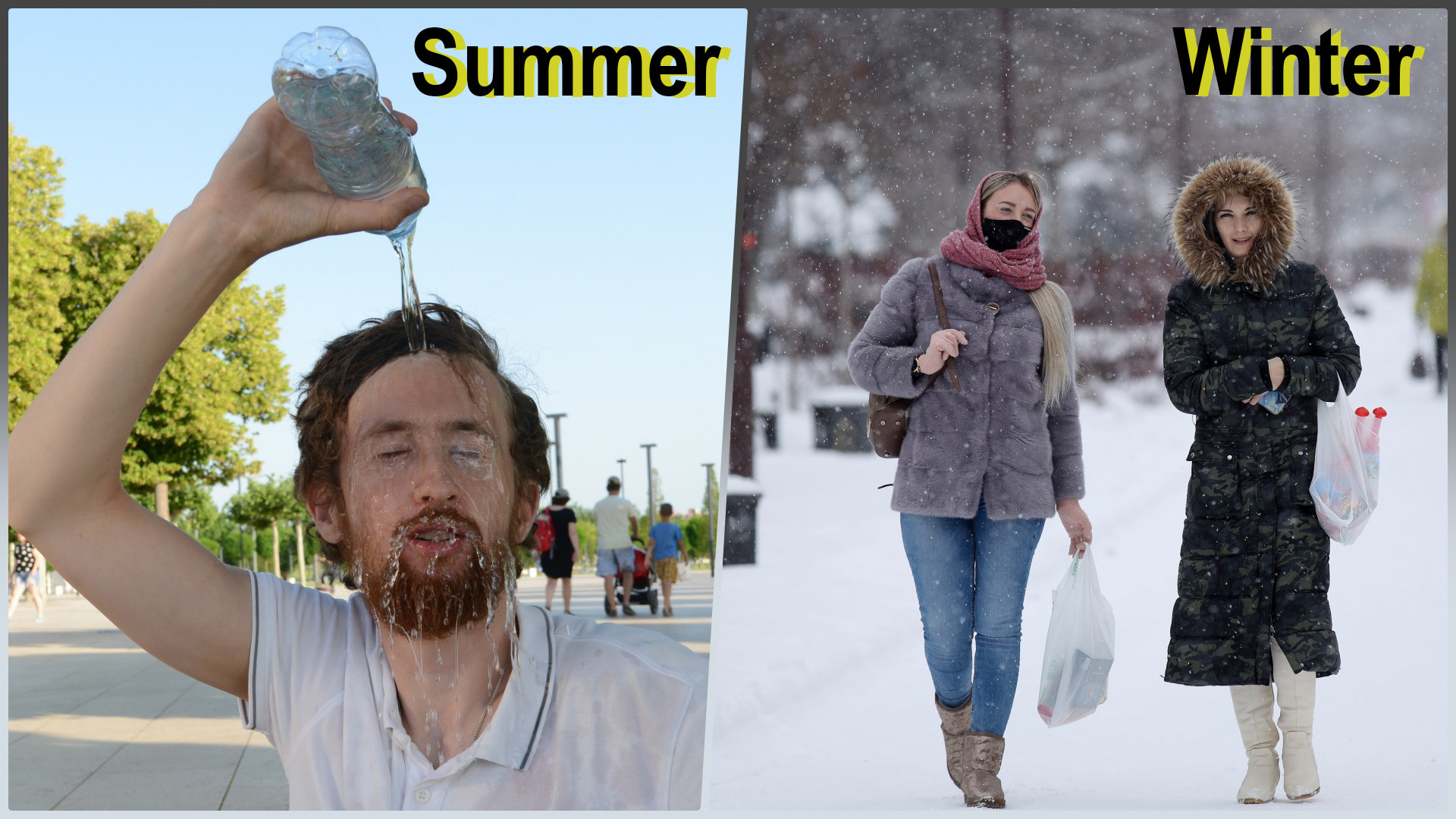
People who live in these cities spend every summer in conditions of incredible heat. So, where is the hottest place in Russia?

This small (less than 8,000 people) settlement located in the center of Kalmykia, surrounded by endless steppe, is one of the hottest places in Russia. In summer, it is consistently more than +30°C (+86°F) during the day and +25°C (+77°F) at night. In July 2010, a temperature of +44.4°C (+112°F) was recorded. A couple of days later, in the neighboring village of Utta, the air warmed up to +45.4°C (+114°F). Locals save themselves from the heat by drinking traditional salty tea and eating salty cheese.
In winter, it is usually around 0°C (+32°F), but on some days, due to strong winds, it can drop to as low as -30°C (-22°F)!
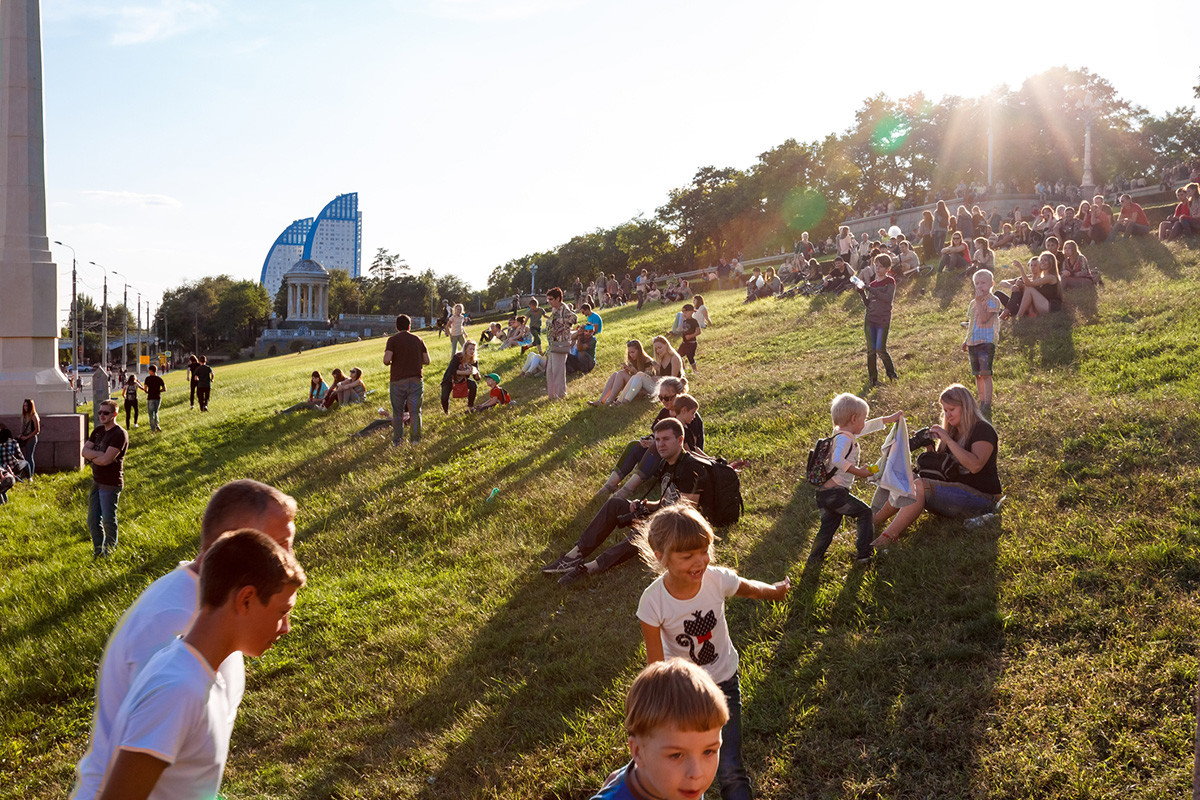
The hero city of Volgograd (Stalingrad until 1961) surprises with its temperature contrasts. The climate here is continental and frosty winter days are replaced by sharp thaws, while in summer, even air conditioners can’t help from the heat. From June to August, it’s usually +30-33°C (+86-91°F), but sometimes higher. In 1940, a temperature of +42.6°C (+109°F) was recorded. The temperature minimum in Volgograd in the same year was a freezing -33°C (-27.4°F). “I still remember how the electricity was cut off at my old job and a colleague was heating lunch in a car in a parking area. The thermometer inside showed +70°C (+158°F)!” says a former resident of Volgograd. The countless mosquitoes in the city also do not surprise anyone.
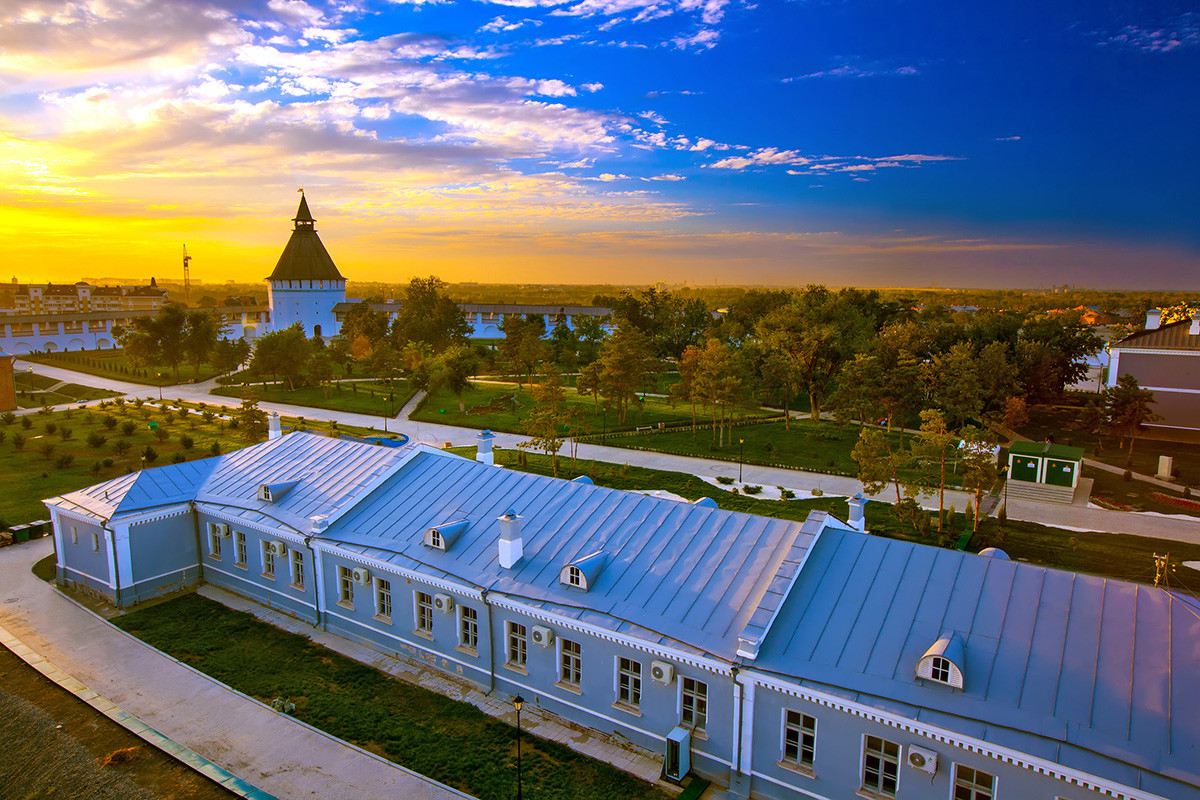
The beautiful southern city on the Volga River offers a sharply continental climate. In winter, it can drop to as low as -20°C (-4°F) for some days, then everything melts, and the next day again minus and terrible ice. Summer heats are about +30°C (+86°F; maximum was +41°C/+106°F) with strong winds. “It’s common to see a tumbleweed rolling around the city,” locals say. “If you live somewhere in the outskirts, be ready for sandstorms like in Stargate.”
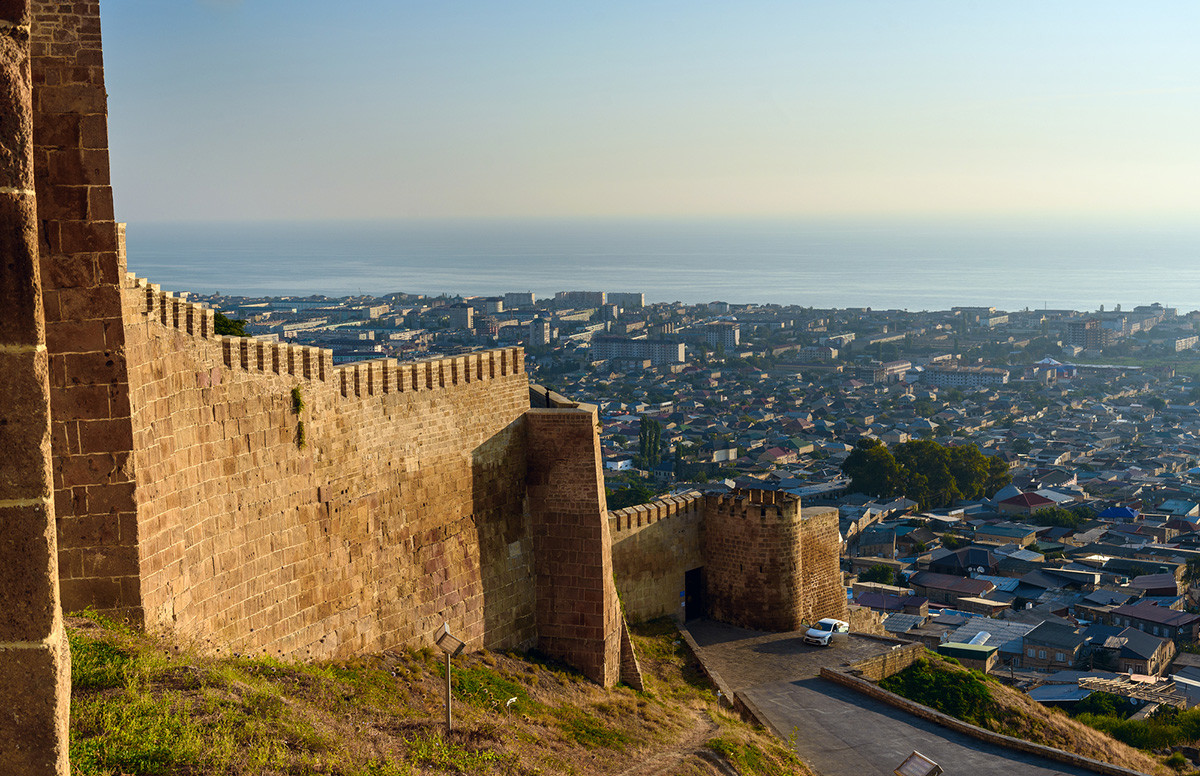
One of the oldest cities in Russia (scientists date the first population here back to the 4th century BC) is located on the shore of the Caspian Sea, where people escape from the incredible heat. Even in the shade it’s +35°C (+95°F) and you don’t want to get out of the water. The winters here are very warm and snow is a very rare phenomenon.
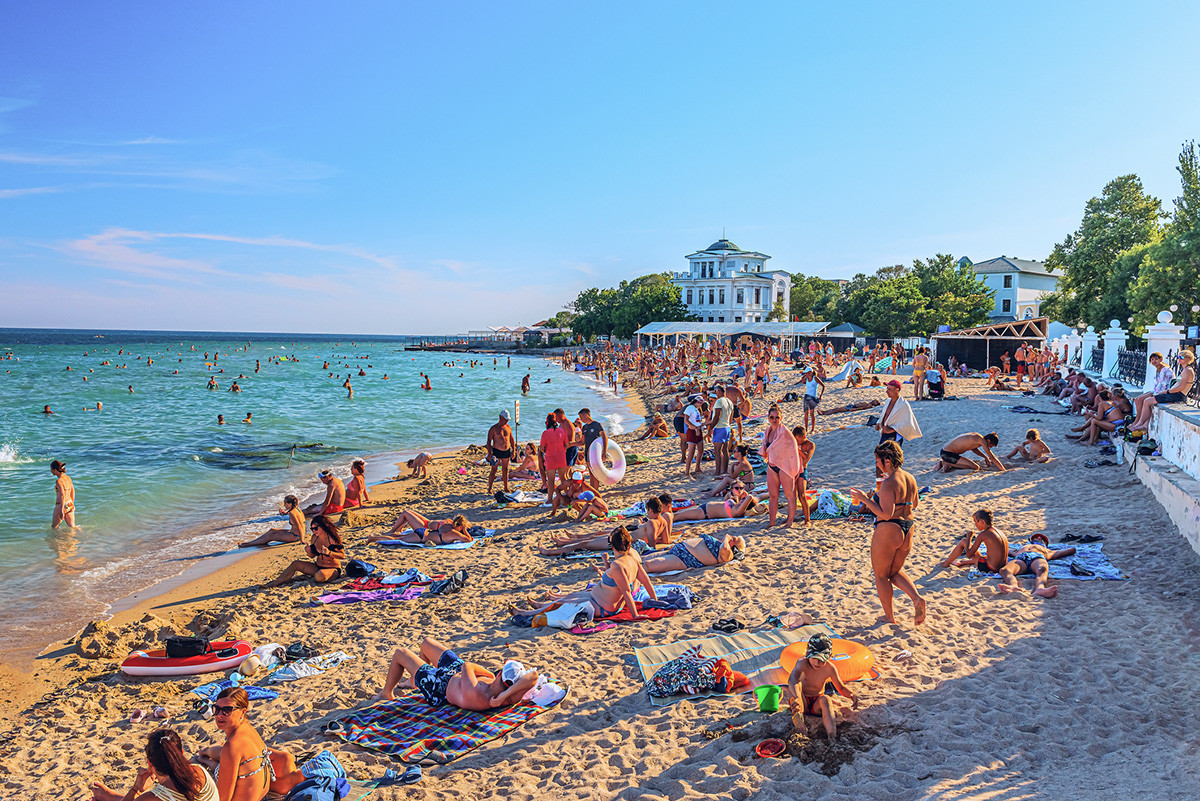
The resort town in the west of Crimea has a steppe climate, where all summer will be a stable +30-35°C (+86-95°F; at night +25°C/+77°F), but this heat is quite easy, thanks to the dry air and the sea nearby. There is usually no snow, it rarely rains, the water is always warm and the sun shines almost all year round.
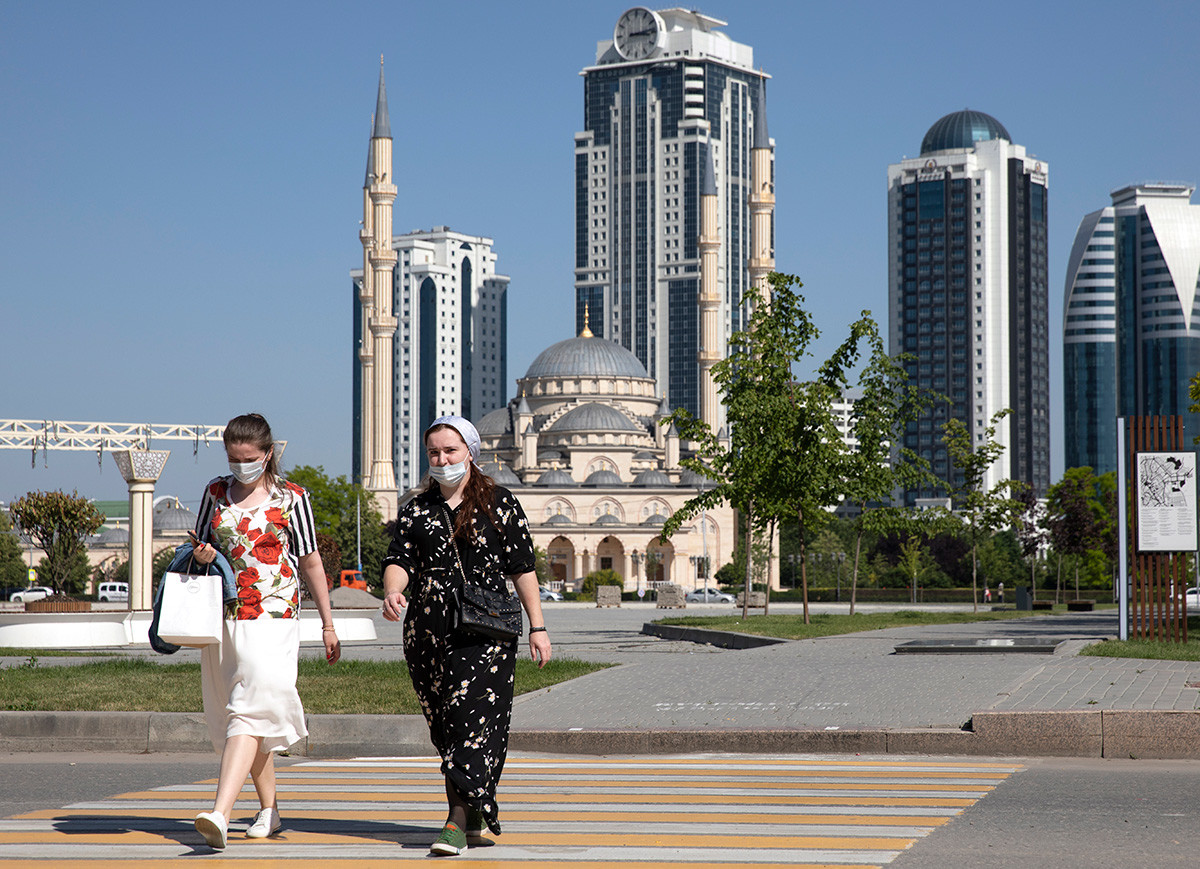
Summer in the capital of Chechnya is very hot: it’s often more than +35°C (95°F) in the shade. It also rarely rains, with winds and dust storms being much more common. Locals escape from the heat with the help of air conditioners, as well as going into nature. At the same time, in winter, due to the same winds, temperatures can drop to -20°C (-4°F).
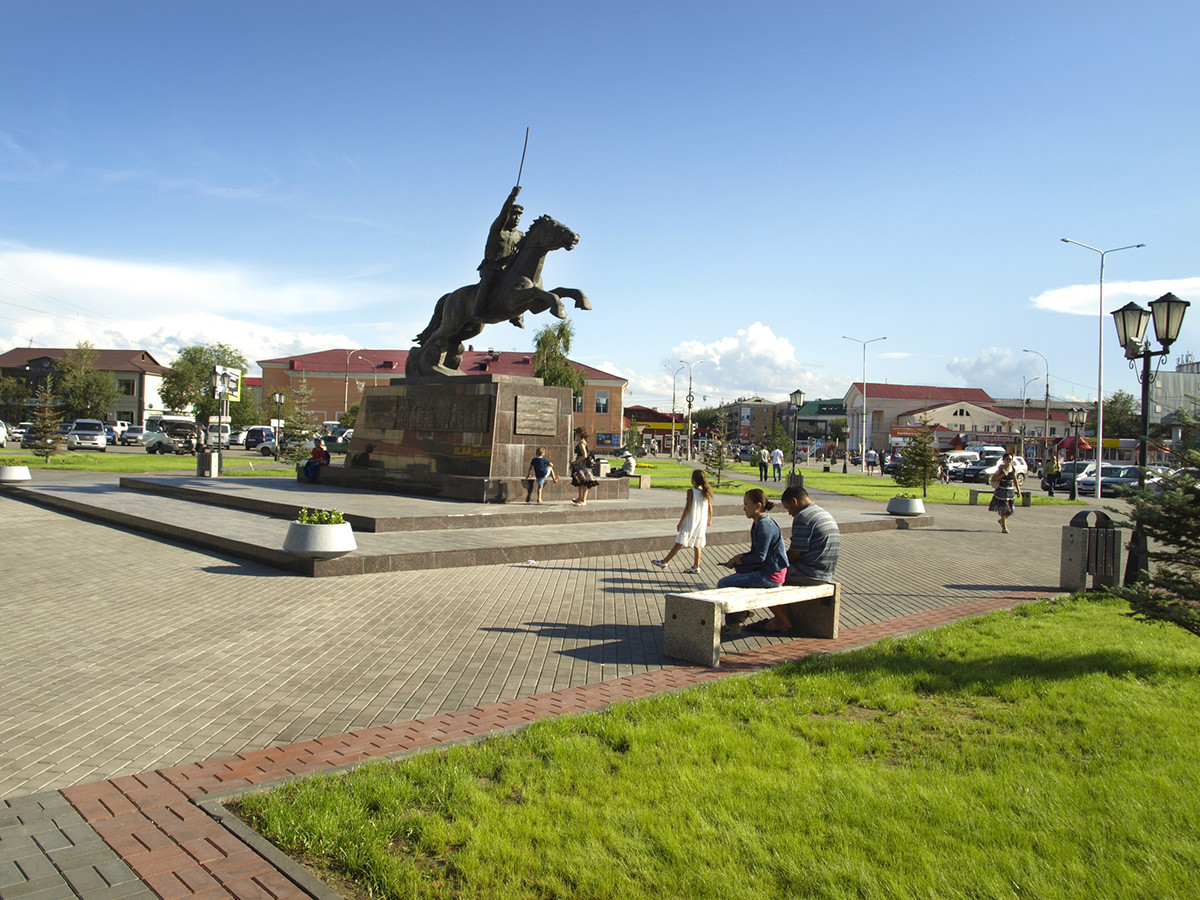
The capital of Tuva in the south of Siberia is both one of the hottest and one of the coldest cities in Russia. Kyzyl officially belongs to the Far North and, in winter, temperatures average at around -30°C (-22°F; the maximum recorded was -53°C/-63°F). But, as soon as summer arrives, the dry air warms up very quickly, with temperatures reaching +30°C (+86°F) and sandstorms ruling. “The season changes very sharply. Today, it may snow and freeze your face and tomorrow, it will be so hot that you will sweat in shorts and T-shirt,” writes one local.
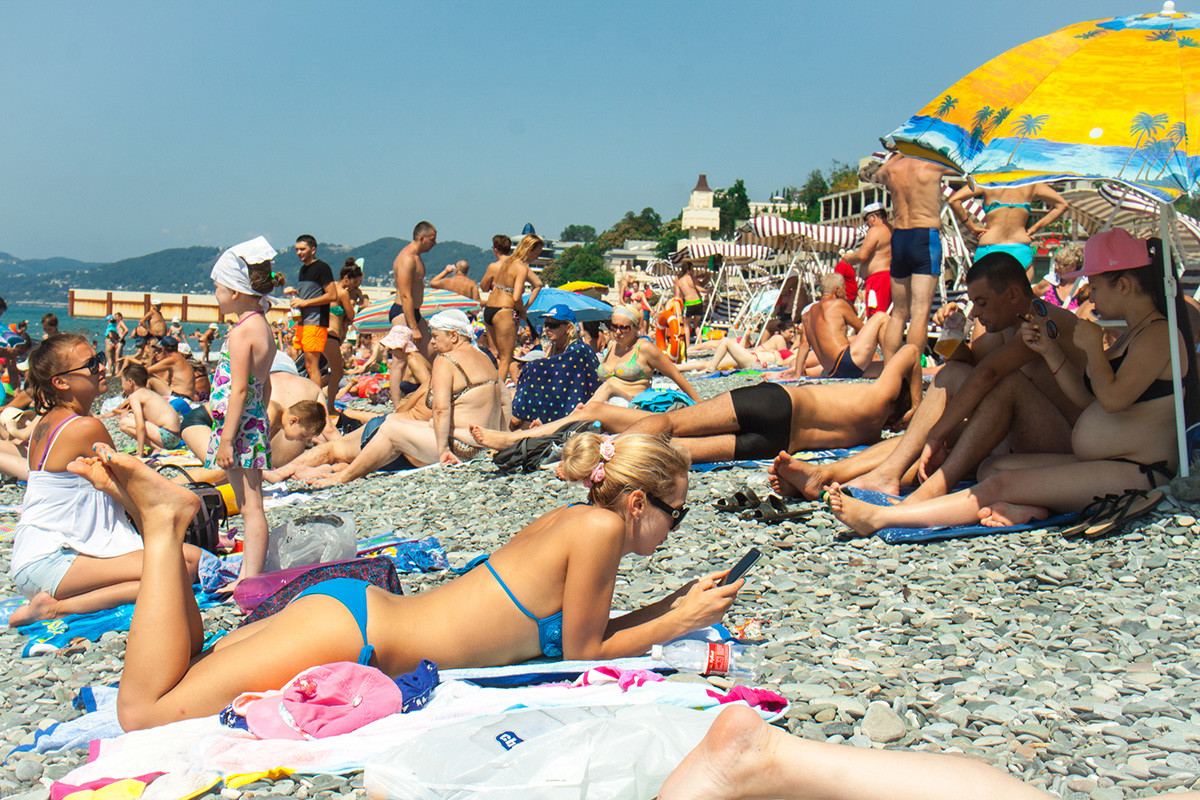
Cities of the Black Sea coast are located in the subtropics and the climate in these places is very popular among the fans of warm weather. If we look at the average annual temperature, Sochi is considered one of the hottest cities in Russia (more than +14°C/+57°F), although its climate is very mild, without sharp changes. In winter, it’s an average of +10°C (+50°F), in summer +30°C (+86°F). Sochi has many green parks, it’s surrounded by the Caucasus Mountains and it’s comfortable at any time of year.

Can you imagine that the summer in Krasnodar lasts five months? Usually, in spring, it’s already +20°C (+68°C) and, in June, the temperatures rise to averages of +30°C (+77°F), with afternoons often reaching +40°C (+104°F). “Because of this, the city is like a microwave oven and you don’t really want to go out. Everyone has air conditioners everywhere, otherwise you could die from such heat,” local residents say. However, winters here can also be rather cold.
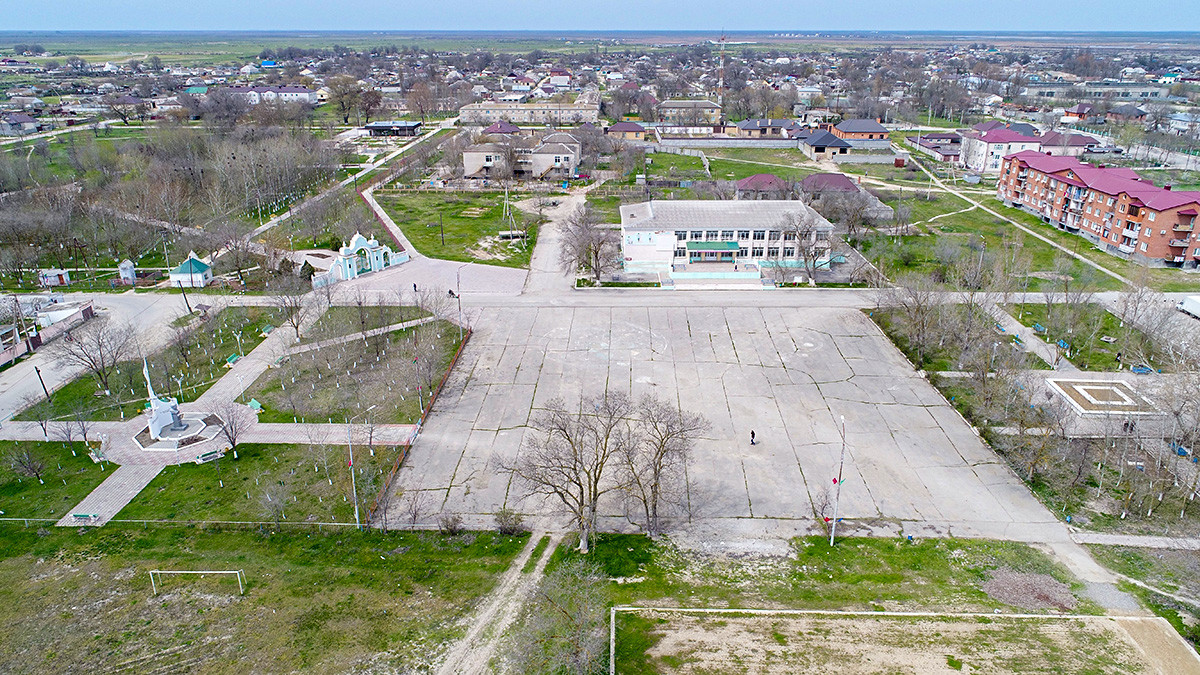
This small city (about 10,000 inhabitants) in Dagestan is known as a center of oil production. Located in the Nogai steppe, it has a very dry and windy climate. The annual average temperature of Yuzhno-Sukhokumsk is almost +15°C (+59°F). The summer heat comes in May and, in June, it is already consistently above +30°C (+77°F) and very dry. Winters are relatively mild, with almost no snow.
If using any of Russia Beyond's content, partly or in full, always provide an active hyperlink to the original material.
Subscribe
to our newsletter!
Get the week's best stories straight to your inbox